On February 16 at 5pm PST, 4.7 million people across the country tuned in to the 74th annual NBA All-Star Game on TNT, TBS or TruTV. But San Franciscans? They didn’t have to turn on a TV to hear the booming music coming from Pier 48, see the lights all around Chase Arena and feel the excitement—all the National Basketball Association’s (NBA) best players were in San Francisco for the weekend, ready to do more than just play a game of basketball.
“A lot about playing basketball is being obsessed with the game itself; watching your favorite players and trying to replicate what they do on television…[NBA All-Star weekend] is very important because it is a culmination of everything that’s happened in the season so far. You see the dunk contest, you see the All-Star game, the All-Star MVP…all of it matters to NBA fans,” Olin Meyer ’26 said.
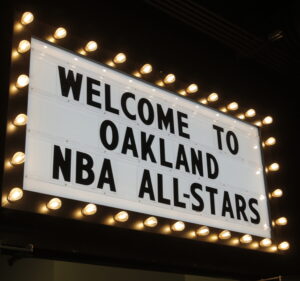
photo by Ruby Kilar
Every year, the All-Star weekend, best known for bringing together the NBA’s highest-performing new, returning and retired basketball players, is hosted by a different city. This year, the off-season tournament was brought to the Bay Area for the first time in a quarter century—with fans and players traveling between Oakland’s Oracle arena and San Francisco’s Chase Center. To end each night, artists including Noah Kahan, The Chainsmokers and Zedd performed at Pier 48—opening up the weekend to more than just basketball fans.
Additionally, “NBA Crossover” made its way to Moscone Center—a pop-up fan event featuring player appearances, merchandise and shooting contests—open to anyone who had purchased a ticket.
On the afternoon of the 14th, Oracle kicked off the weekend with the Ruffles NBA All-Star Celebrity Game. While the star-studded roster managed to fill a sizable amount of the arena’s seats with fans of Kai Cenat, Druski and Shaboozey (among others), across the Bay Bridge, the teams on Chase Arena’s court played a game that more closely resembled basketball: the 2025 Castrol Rising Stars Game.
The Rising Stars four-team tournament mirrors this year’s All-Star game format—in which two sets of teams compete against each other in an initial knockout round, with the winners then competing in a final, championship game. All games are played without clocks, meaning that the first team to reach 40 points wins. The new format, announced by NBA commissioner Adam Silver, was born to satisfy fans’ demands for increased competition between players.
Ultimately, the winner of the Rising Star’s game secured a spot in Sunday night’s game—set to compete in one of the first-round games. Despite the popularity of both the Celebrity and Rising Stars games, the All-Stars’ practice brought viewers an unmatched excitement. Split up into their respective teams—“Kenny’s Young Stars”, “Shaq’s OG’s” and “Chucks Global Stars”—the 24 players interacted with the press and fans while also putting up a few shots in preparation for Sunday’s game.
“They’ve always had so many people from the Warriors on the All-Star teams, so it was fun to watch them play against their opponents and all on one team together,” Lauryn Lacap ’26 said.
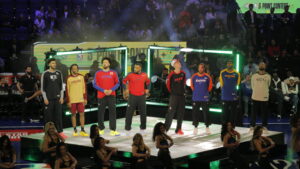
The All-Star practice was followed by the Historically Black Colleges and Universities (HBCU) Classic—in which Morehouse College competed against Tuskegee University. Designed to celebrate HBCU culture, showcase the talent of up-and-coming athletes and provide a global platform for major college rivalries, the fourth annual HBCU Classic drew local and national audiences. With a 68-55 win, Tuskegee secured a conference victory over Morehouse college.
“The whole weekend is really meaningful to me in a familial way. My family and I always watched when I was a kid, inviting over friends and family to barbecue,” Amaya Tavu ’26 said.
Perhaps the most talked about event among high schoolers, however, was All-Star Saturday Night. Chase Center was filled with celebrities, hoopers and fans all buzzing to see players traverse the 3-point, skills and dunk contests. In addition to Gelo’s viral performance, the most surreal moment for fans was undeniably Mac McClung’s competitiveness during the dunk contest—during which he scaled Evan Mobley (6’11”), winning for the third consecutive year.
By Sunday morning, fans, players and coaches were all running on adrenaline, hoping that Sunday’s game would bring competition and exhilaration. And that it did.

photo by Ruby Kilar
With half-time performances from Saweetie, E-40 and En Vogue; a buzzer-beating half-court shootout between Jaren Barajas (a college student) and Damian Lilliard for $100,000 (spoiler alert: Damian Lillard did not win); and three basketball games, there was never a dull moment inside of Chase Center.
In addition to the fan-favorite competitions, the NBA works to serve local communities and support aspiring players in each city they visit. “I saw on social media that the Junior NBA—which encourages young players—had a lot of programming throughout the week…it’s great to see this big organization inviting in local youth,” Hailey Moy ’25 said.
In partnership with NBA Cares and the Golden State Warriors, over 500 volunteers carried out clinics for young players and participated in acts of community service across the city for five days. To fans, All-Star weekend is more than just a basketball game, it is a weekend of community, entertainment and a true love for the sport. “Community activities, clinics, fan-fests—everything you could imagine under the sun related to basketball,” Commissioner Silver said.

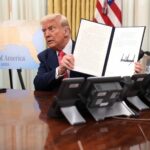

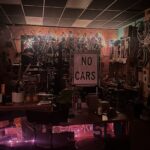
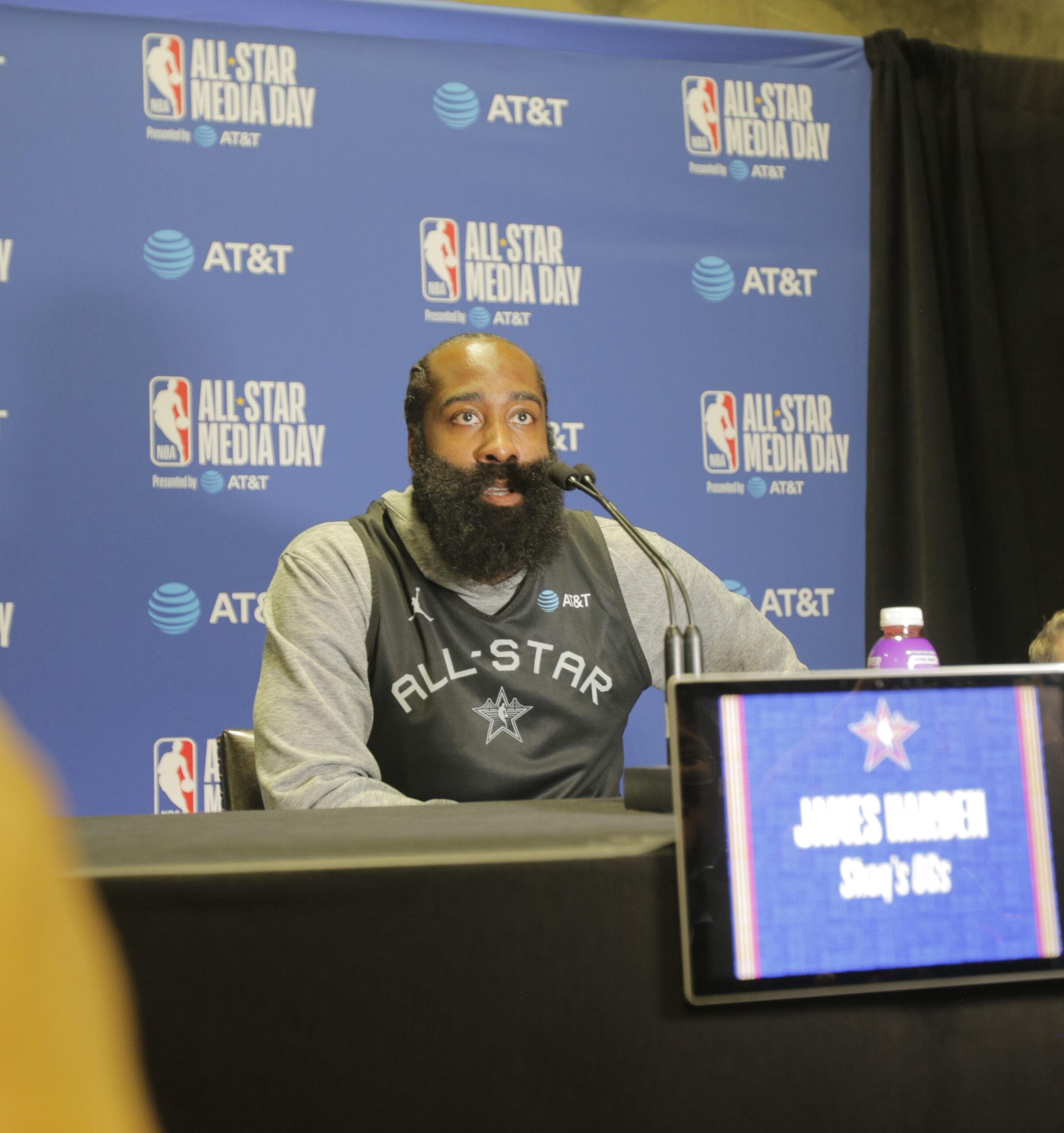
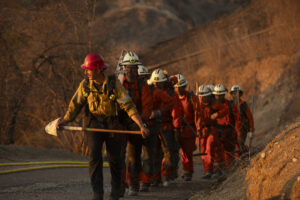
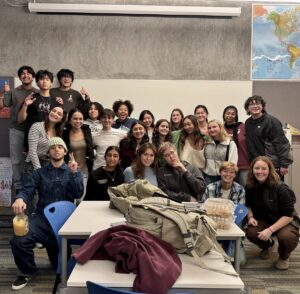
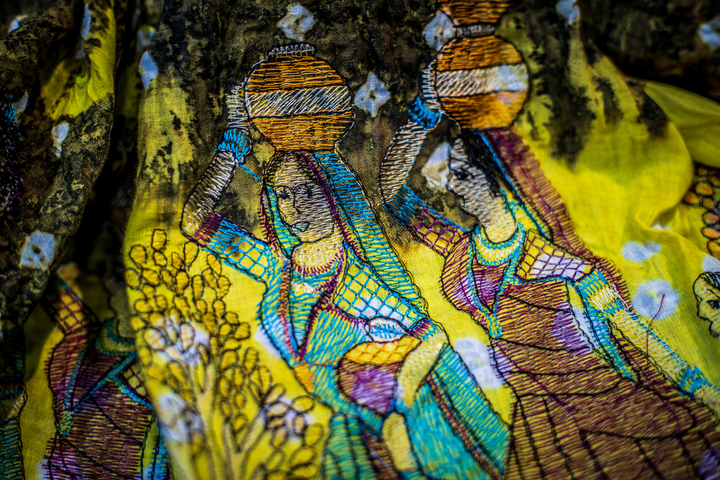
Heyy there, You have one an incredible job. I will
definitely igg it and personally suggest too my friends.
I amm confident theey wikll be benefited from thks site.